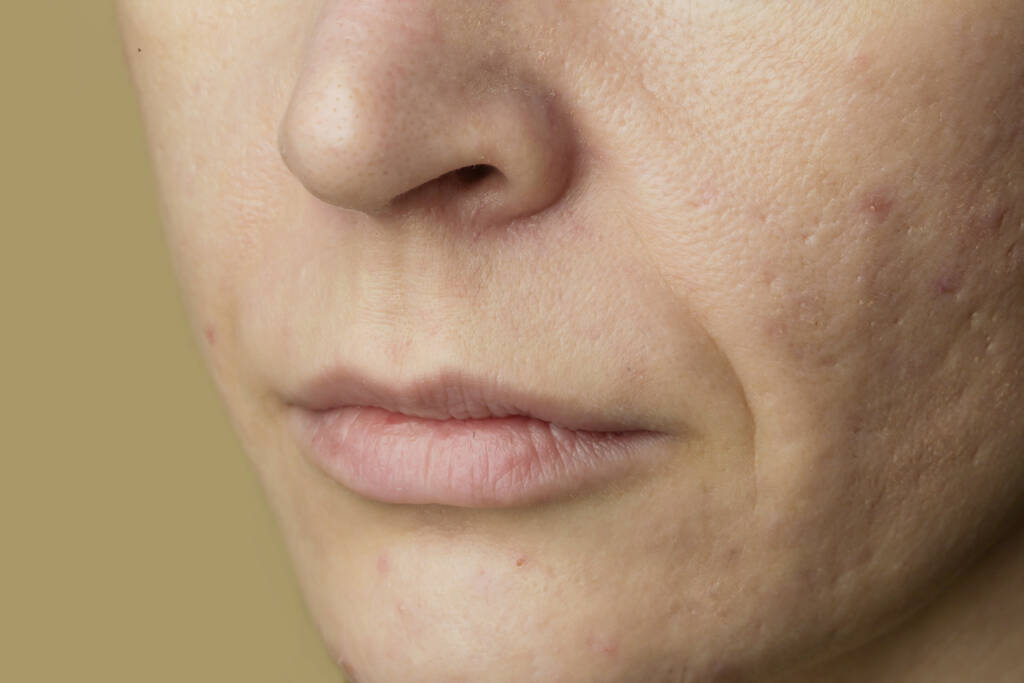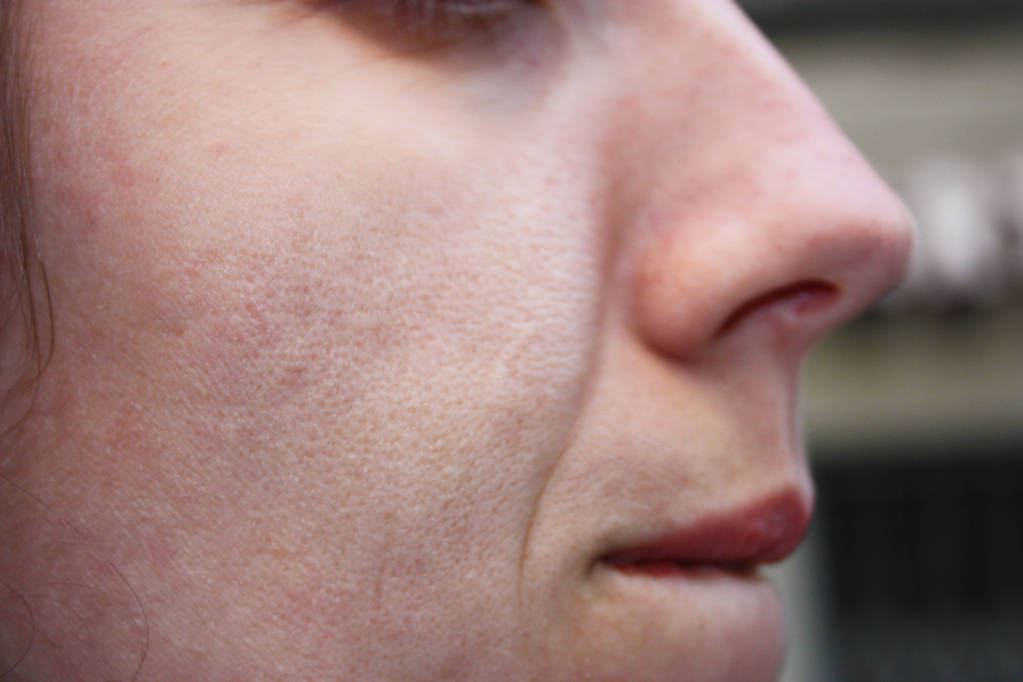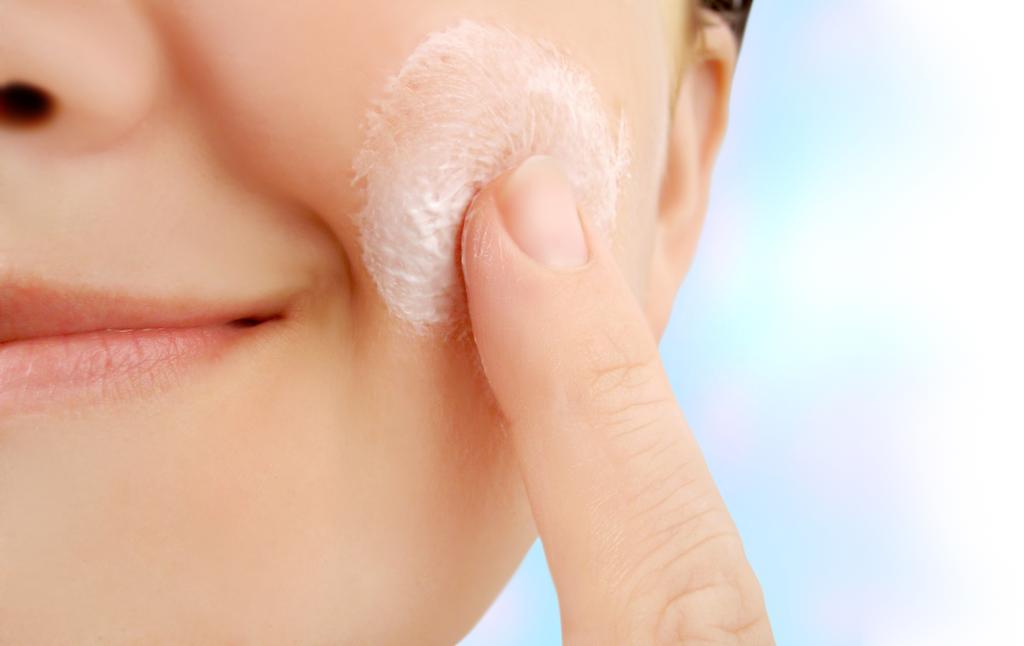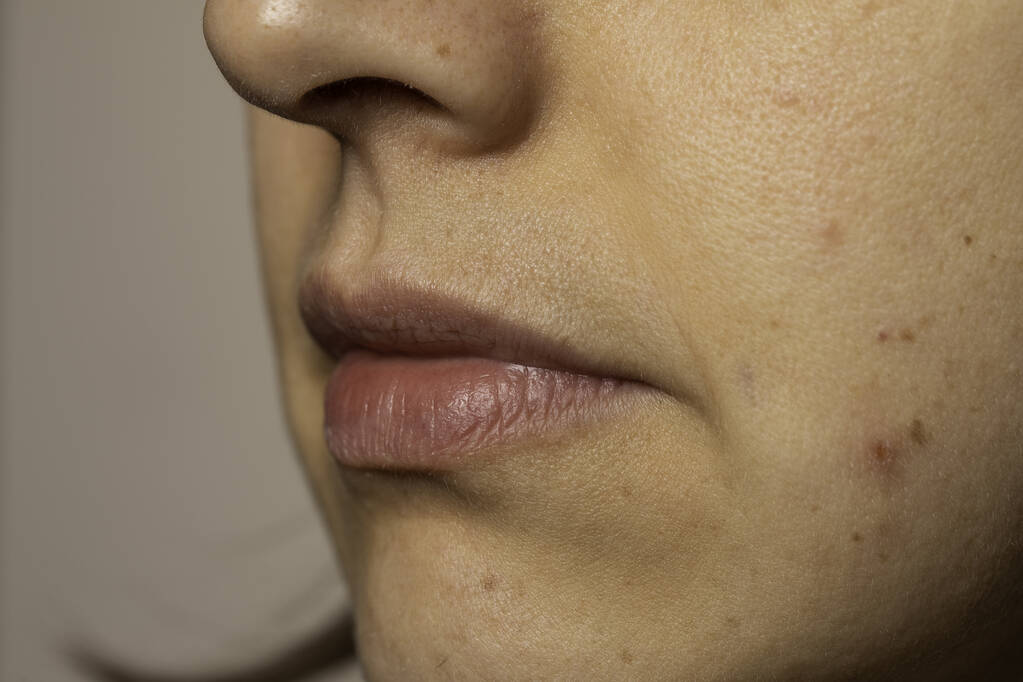We listen and read a lot about sensitive skin and the importance of its treatments, However, how can we know if we have sensitive skin? Determining if you have sensitive skin involves paying attention to how your skin reacts to various factors and products. These are some common signs that indicate you might have sensitive skin:

Frequent redness or irritation: Your skin often appears red or flushed or is prone to irritation, especially after exposure to certain products or environmental conditions.
Burning or stinging sensations: If you experience burning or stinging when applying skincare products, especially those with fragrances or active ingredients like retinoids or alpha hydroxy acids, you might have sensitive skin.
Dryness and flaking: Your skin might feel dry, tight, or flaky even with regular moisturizing.
Rashes and bumps: Another sign of sensitive skin can be that you develop rashes, bumps, or hives easily, particularly after using new skincare or makeup products.
Visible blood vessels: If you can see small, broken blood vessels on your face, especially around the nose and cheeks, your skin may be sensitive.
Frequent breakouts: You experience breakouts not just from acne, but from reactions to various products or environmental factors.
How to determine if you have sensitive skin

Having any of the signs previously mentioned does not necessarily mean that you have sensitive skin. If you want to determine whether you have sensitive skin or not, you should try the following:
- If you are not sure, a dermatologist can help diagnose your skin type and recommend appropriate products and treatments.
- Before using new skincare or makeup products, do a patch test on a small area of your skin (like behind your ear or on your inner forearm) to see if you have a reaction.
- Keep track of your skin’s reactions to different products and environments. Note any patterns that emerge.
- Use minimal and gentle skincare products, avoiding those with fragrances, alcohol, and harsh chemicals.
- Use products for sensitive skin. Always choose products labeled as hypoallergenic, non-comedogenic, and designed for sensitive skin.
Practical tips for sensitive skin

Sun protection is crucial for sensitive skin because UV rays can exacerbate irritation, redness, and other issues. To protect your skin effectively, choose a broad-spectrum sunscreen that protects against both UVA and UVB rays. UVA rays can prematurely age your skin, while UVB rays can burn it. A broad-spectrum sunscreen covers both types of rays.
It is important to apply sunscreen every day, even on cloudy days or when indoors, since UV rays can penetrate through windows. Reapply your sunscreen every two hours when outdoors, and immediately after swimming, sweating, or towel drying to maintain its effectiveness. In addition to sunscreen, use other protective measures like wearing hats, sunglasses, and protective clothing, and seek shade during peak sun hours, typically from 10 a.m. to 4 p.m.
Moisturizing is vital for maintaining the skin’s barrier function and preventing dryness and irritation. Use gentle, fragrance-free moisturizers with ingredients like glycerin, hyaluronic acid, and ceramides, which help retain moisture. Ensure the moisturizer is non-comedogenic, especially if you are prone to breakouts. Apply moisturizer twice daily, in the morning and evening, to keep your skin consistently hydrated. Adjust your moisturizer based on the season, using a thicker, more emollient-rich moisturizer in colder, drier months, and a lighter, hydrating lotion in humid conditions.
Exfoliation helps remove dead skin cells but should be done gently on sensitive skin. Opt for mild chemical exfoliants like lactic acid or polyhydroxy acids (PHAs), which are less likely to irritate compared to stronger acids like glycolic acid. These work by dissolving dead skin cells without the need for physical scrubbing. Avoid rough physical scrubs that can cause microtears in the skin; if you prefer physical exfoliation, choose very gentle products with smooth, round beads. Limit exfoliation to once or twice a week to prevent over-exfoliation, which can lead to increased sensitivity and irritation.
Before using a new product on your face, perform a patch test by applying a small amount of the product to a discreet area (like behind your ear or on your inner forearm) and waiting 24-48 hours to see if any reaction occurs. Introduce only one new product at a time to isolate which product may be causing a reaction if irritation occurs. Observe how your skin responds over a week or two before adding another new product to your routine. Gradually incorporate new products, such as a new serum, by starting to use it every other day and slowly increasing the frequency if your skin tolerates it well.
With these detailed tips, you can better manage sensitive skin and minimize the risk of irritation and other issues. It’s time to start!
